Introduction
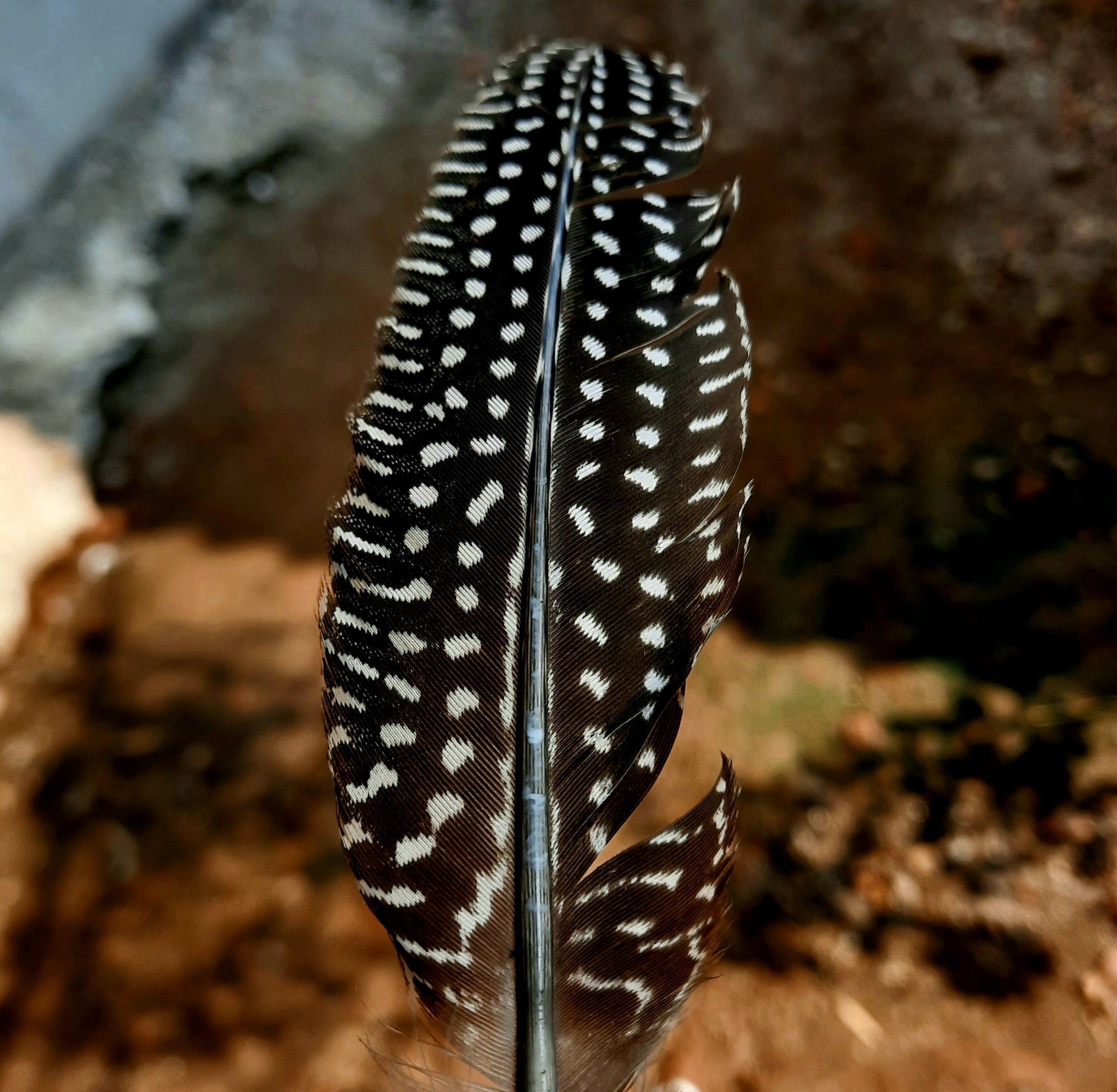
Every day, we encounter the beauty of nature in various forms. One such encounter might be stumbling upon a bird with a broken wing. In these moments, our instinct to help kicks in, but do we know what to do? This blog post provides valuable guidance on what to do if you find a bird with a broken wing. By equipping yourself with knowledge and taking appropriate actions, you can become a lifeline for these injured birds, offering them a chance at survival and recovery.
Birds with broken wings face multiple challenges. Unable to fly, they are defenseless against predators and struggle to find food and shelter. It is our ethical duty to intervene and provide assistance whenever possible. By understanding the significance of this topic, we recognize the impact our actions can have on the bird’s chances of survival. With the proper intervention, we can significantly increase the likelihood of their healing and eventual return to their natural habitat.
In the sections that follow, we will delve into identifying a broken wing, common injuries that lead to this condition, and practical steps to take when encountering a bird in need. We will also explore the importance of involving a veterinarian and providing appropriate care for the injured bird. Together, we can make a difference in the lives of these beautiful creatures and exemplify our commitment to the well-being of the natural world.
What is a Broken Wing?
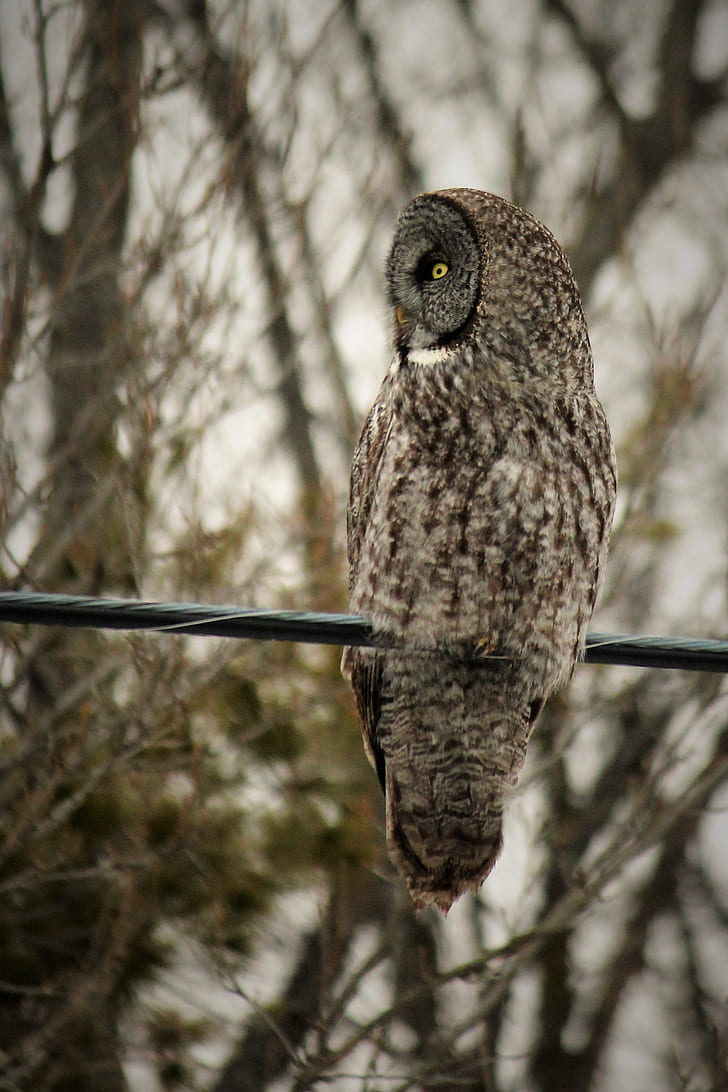
A broken wing refers to a bird’s wing that has suffered a fracture or other injury, rendering it unable to fly or function properly. Birds rely on their wings for various activities, including flying, hunting, and escaping predators. When a bird’s wing is broken, it not only affects its ability to fly but also hampers its overall survival.
Types of Injuries Causing a Broken Wing
Several types of injuries can cause a broken wing in birds:
-
Fractures: One or more bones in the wing are broken, ranging from simple cracks to complete breaks, significantly impairing the bird’s wing function.
-
Dislocations: Bones at the shoulder or wrist joint are forced out of their normal position, causing severe pain and restricting the bird’s range of motion.
-
Soft Tissue Injuries: Damage to the muscles, tendons, ligaments, or blood vessels in the wing, resulting from trauma and causing pain, swelling, or restricted movement.
-
Wing Sprains: Stretching or tearing of ligaments supporting a joint, affecting wing movement and causing discomfort.
Wing injuries can vary in severity, ranging from minor fractures or sprains to complex fractures requiring immediate medical attention. Prompt identification and appropriate care are crucial for the bird’s chances of recovery.
Identifying a Broken Wing

When encountering a bird with a potential wing injury, accurately identifying whether the wing is broken is crucial. Here are key signs and symptoms to look for:
Visual cues
- Unnatural wing position: Abnormal or drooping wing position.
- Asymmetry: Drooping or misshapen wing.
- Visible injuries: Swelling, bruising, bleeding, or bone protrusion.
Behavior
- Inability to fly: Difficulty maintaining balance or flying.
- Altered movement: Hopping instead of walking, struggling to perch, or signs of distress or pain.
- Limited wing movement: Inability to flap the injured wing or move it normally.
- Vocalizations: Increased vocalizations or unusual sounds indicating pain or distress.
Physical examination
If the bird allows, conduct a gentle physical examination for abnormalities such as swelling, bruising, bleeding, or bone protrusion.
Approaching and handling the bird should be done with caution to avoid causing further harm or stress. If unsure or if the bird appears distressed, seek assistance from professionals at a wildlife rehabilitation center or an avian veterinarian.
By recognizing the signs and symptoms of a broken wing, you can take appropriate steps to help the injured bird and ensure it receives proper care and treatment.
Common Injuries Causing a Broken Wing

Birds can sustain broken wings due to various injuries. Understanding the common causes and how to identify them is crucial for providing appropriate care. Here are some typical injuries that can lead to a broken wing:
Collisions with Objects
Colliding with windows, buildings, or vehicles is a frequent cause of broken wings in birds. The transparent nature of windows can confuse birds, causing them to fly directly into the glass. Look for visible deformities, swelling, bleeding, or signs of pain when identifying this type of injury.
Falls from Heights
Birds attempting to fly from a height or landing improperly may sustain wing injuries from falls. This can result in fractures, sprains, or strains in the wing bones, muscles, or ligaments. Signs of distress include holding the wing in an unusual position, drooping or hanging at an awkward angle, or being unable to fly.
Predator Attacks
Predators, such as cats or larger birds, can cause severe damage to a bird’s wings. When attacked, birds may experience fractures, puncture wounds, or torn feathers. Be cautious when approaching a bird that has been attacked by a predator. Look for visible wounds, bleeding, or missing feathers to identify this type of injury.
Entanglement in Nets or Wires
Birds can become trapped in nets, wires, or other man-made structures, leading to wing injuries. Struggling to free themselves can result in twisted, fractured, or lacerated wings. Handle the situation with care to prevent further harm to the bird. Look for visible entanglement or signs of distress when identifying this type of injury.
Identifying a broken wing in a bird involves observing signs such as the inability to fly, holding the wing in an unusual position, visible deformities, swelling, bleeding, or obvious pain when the wing is touched. However, it’s important to note that attempting to identify the exact cause of the bird’s broken wing may not always be possible without the expertise of a veterinarian or wildlife rehabilitation center.
Understanding the common injuries that can cause a broken wing in birds is essential for providing appropriate care. In the next section, we will discuss what to do if you find a bird with a broken wing, providing a step-by-step guide to help you handle the situation safely and effectively.
[word count: 248]
What to Do if You Find a Bird with a Broken Wing

If you come across a bird with a broken wing, taking immediate action is crucial for its safety and well-being. Here is a step-by-step guide on how to handle this situation:
Approach the Bird Calmly and Cautiously
Remain calm and approach the bird slowly to avoid startling or stressing it.
Protect Yourself and the Bird
Wear gloves or use a towel or cloth as a barrier between your hands and the bird to prevent injuries and minimize stress.
Gently Immobilize the Wing
Carefully fold the damaged wing against the bird’s body to prevent further injury and reduce pain and discomfort.
Secure the Bird in a Container
Find a safe and secure container, such as a ventilated cardboard box or a pet carrier, that is appropriately sized to restrict wing movement.
Provide Comfortable Bedding
Place a soft bedding material, such as a towel or shredded newspaper, in the container to keep the bird comfortable during transportation.
Keep the Bird Warm and Quiet
Find a warm and quiet place to keep the bird while you contact a local wildlife rehabilitation center. Maintaining a peaceful environment reduces stress and aids in recovery.
Contact a Wildlife Rehabilitation Center
Reach out to a wildlife rehabilitation center as soon as possible. They have the expertise and resources to provide the necessary care for the bird‘s specific needs. Inform them about the injured bird and follow their guidance.
Remember, it’s best to entrust the care of the bird to professionals at a wildlife rehabilitation center rather than attempting to rehabilitate it yourself. They possess the knowledge and experience needed to ensure the bird’s proper treatment and recovery.
By following these steps, you can provide immediate assistance to a bird with a broken wing and increase its chances of survival and rehabilitation. Your actions can make a significant difference in the well-being of these beautiful creatures.
[word count: 241]
When to Contact a Veterinarian

When encountering a bird with a broken wing, it is crucial to assess the severity of the injuries to determine the appropriate course of action. In some cases, immediate medical attention from a veterinarian is necessary. Here are the guidelines:
Severe or Life-Threatening Injuries
Contact a veterinarian promptly if the bird has severe injuries such as heavy bleeding, exposed bones, or signs of internal injuries. These conditions require immediate professional care to maximize the bird’s chances of survival and recovery.
Obvious Distress or Respiratory Difficulties
A veterinarian should also be contacted if the bird is in obvious distress or experiencing respiratory difficulties. These symptoms may indicate serious underlying issues that require specialized medical intervention. Veterinarians have the knowledge and resources to address respiratory problems and provide appropriate treatment.
Professional Treatment and Pain Management
If the bird has injuries that require professional care but are not immediately life-threatening, it is advisable to contact a veterinarian. They can administer appropriate treatment, including pain management, to ensure the bird’s comfort and aid in its recovery process.
Note: Veterinarians may refer the case to a wildlife rehabilitation center for specialized long-term rehabilitation.
When to Contact a Wildlife Rehabilitation Center

Wildlife rehabilitation centers play a vital role in the care and rehabilitation of injured birds with broken wings. Here are the situations when contacting a rehabilitation center is recommended:
Protected or Endangered Species
Contact a wildlife rehabilitation center if the injured bird belongs to a protected or endangered species. These centers have the necessary permits, expertise, and facilities to handle and care for these birds appropriately. They adhere to strict regulations and protocols for the well-being and conservation of protected species.
Wide Range of Bird Injuries
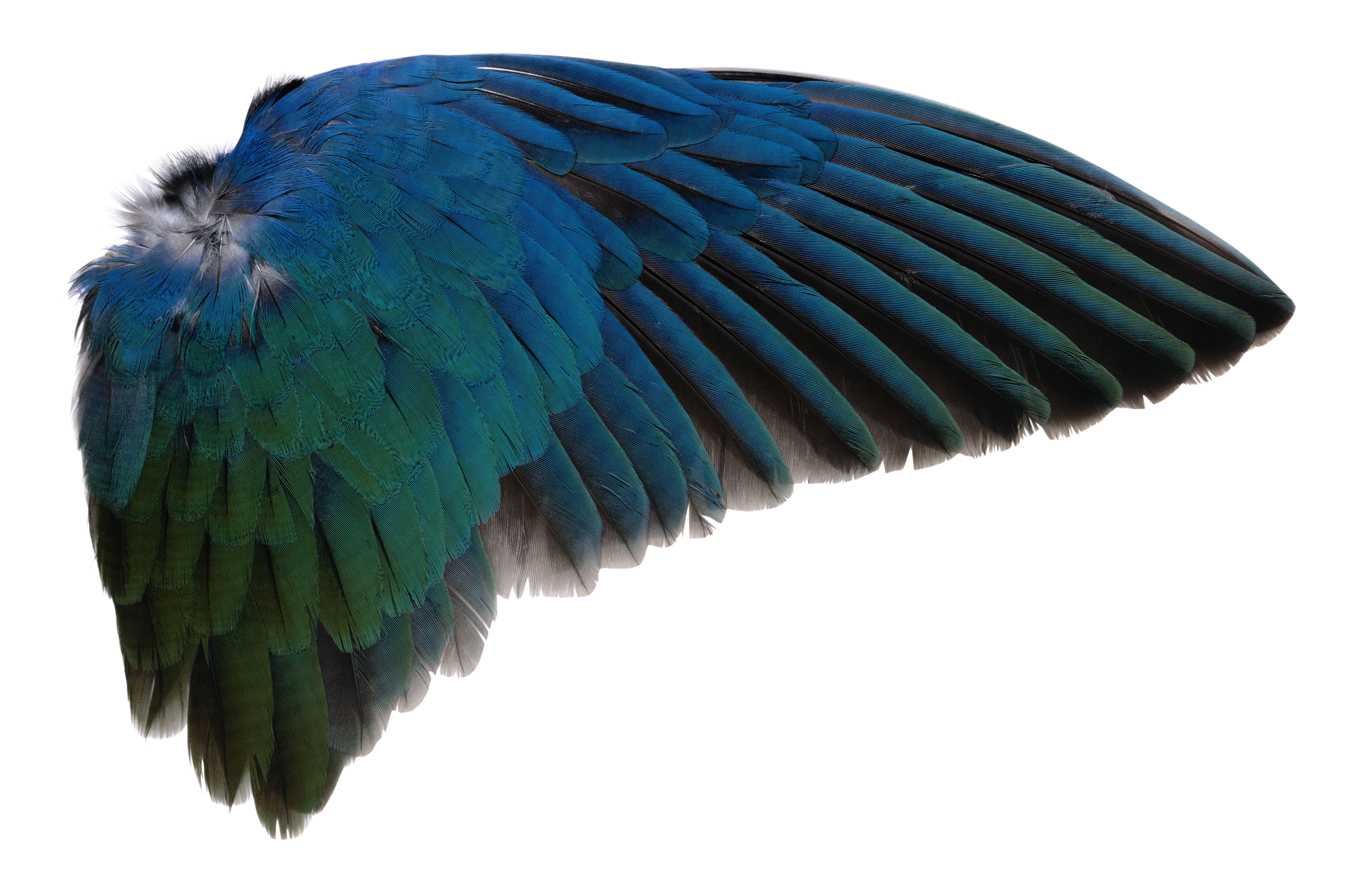
Rehabilitation centers are equipped to handle various avian injuries, including broken wings. Their experienced staff members provide comprehensive care and treatment. By contacting a rehabilitation center, you ensure that the bird receives the specialized care it needs.
Housing and Rehabilitation Facilities
Rehabilitation centers have dedicated facilities and resources to house and rehabilitate injured birds until they are ready for release. These facilities promote healing and minimize stress, providing an optimal environment for recovery.
Transporting the Injured Bird
Wildlife rehabilitation centers can provide guidance on safely transporting the injured bird to their facility. They may offer advice on initial first aid measures until the bird can receive professional care. Proper transport ensures the bird’s safety and minimizes the risk of exacerbating its injuries.
Note: Attempting to care for and rehabilitate a bird with a broken wing without proper training and resources may do more harm than good. Contacting a veterinarian or a wildlife rehabilitation center is recommended in most cases for the best possible outcome.
How to Care for a Bird with a Broken Wing
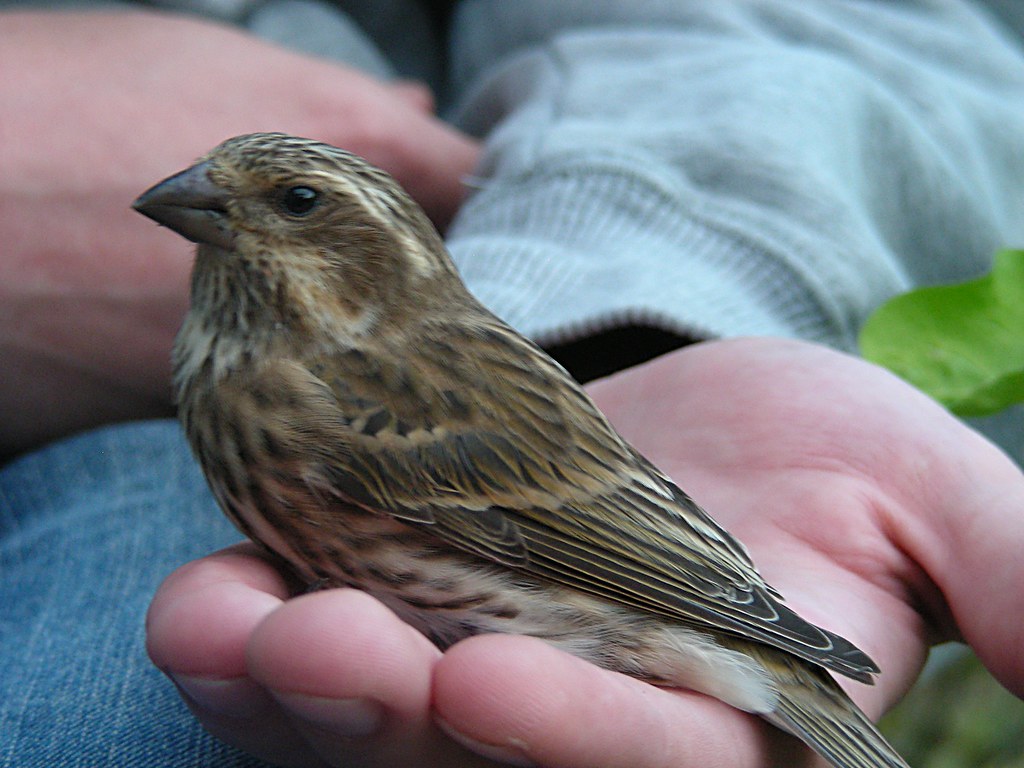
Proper care is crucial for the well-being and recovery of a bird with a broken wing. Follow these essential guidelines:
Creating a Safe and Comfortable Environment
Place the bird in a quiet and warm area away from predators or disturbances. Confine it to a small cage or box with adequate ventilation to prevent further injury and allow for undisturbed rest.
Providing Food and Water
Offer clean water in a shallow dish to keep the bird hydrated. Avoid providing food until you seek professional guidance from a wildlife rehabilitator or veterinarian experienced in avian care. Wait for expert advice on the appropriate diet based on the bird’s species.
Monitoring for Signs of Distress
Closely monitor the bird for signs of distress or worsening symptoms. Look for excessive lethargy, difficulty breathing, bleeding, or visible signs of pain. Contact a licensed wildlife rehabilitator or veterinarian promptly if you notice concerning changes.
Remember to minimize handling to avoid additional stress and worsening of the condition. Only handle the bird when necessary, such as during transport or when seeking professional assistance.
By providing a safe environment, appropriate food and water, and monitoring for distress, you play a vital role in supporting the bird’s recovery. However, remember that professional help is essential. Contact a licensed wildlife rehabilitator or avian veterinarian as soon as possible for the necessary medical treatment and rehabilitation.
Conclusion
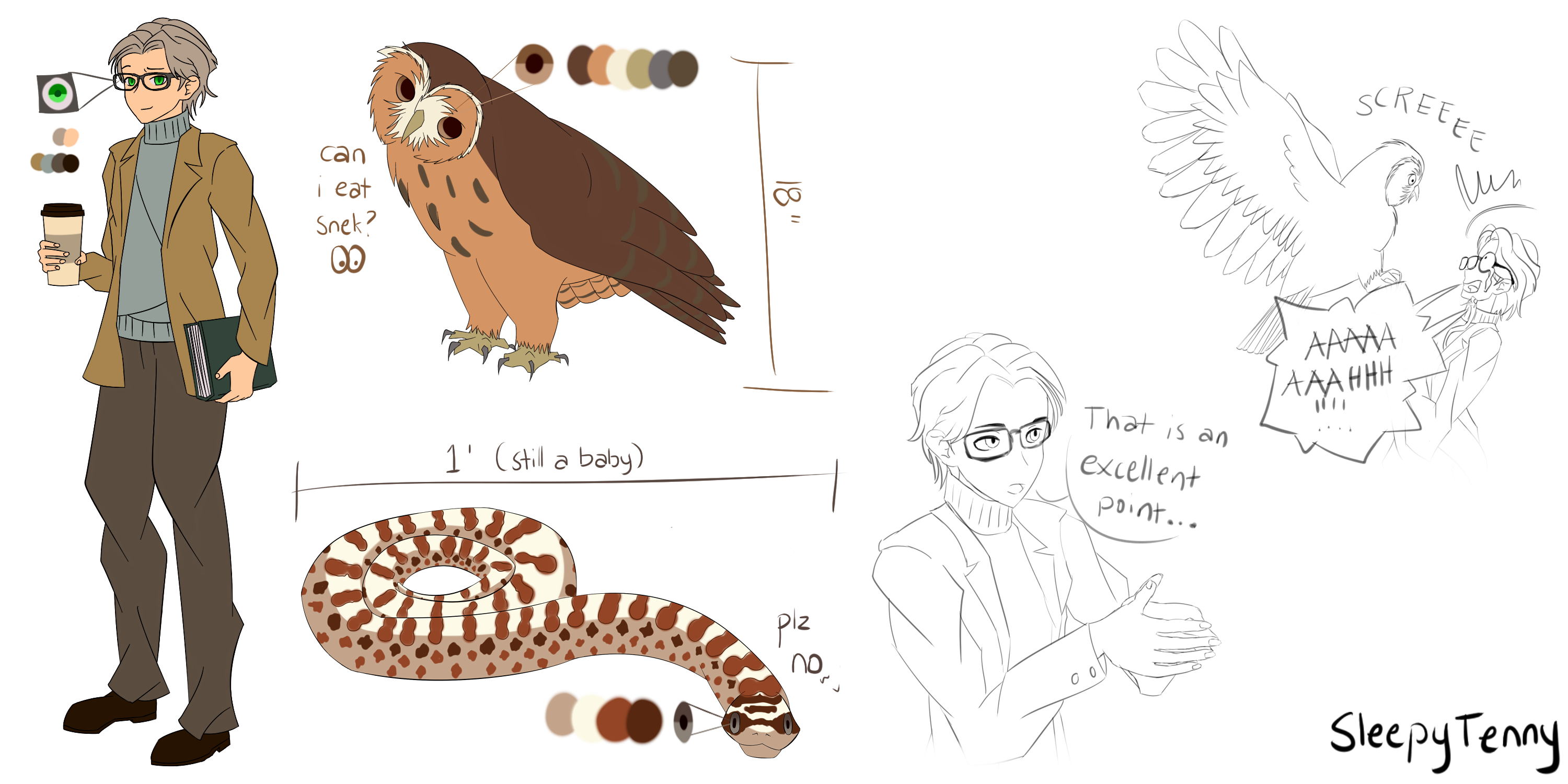
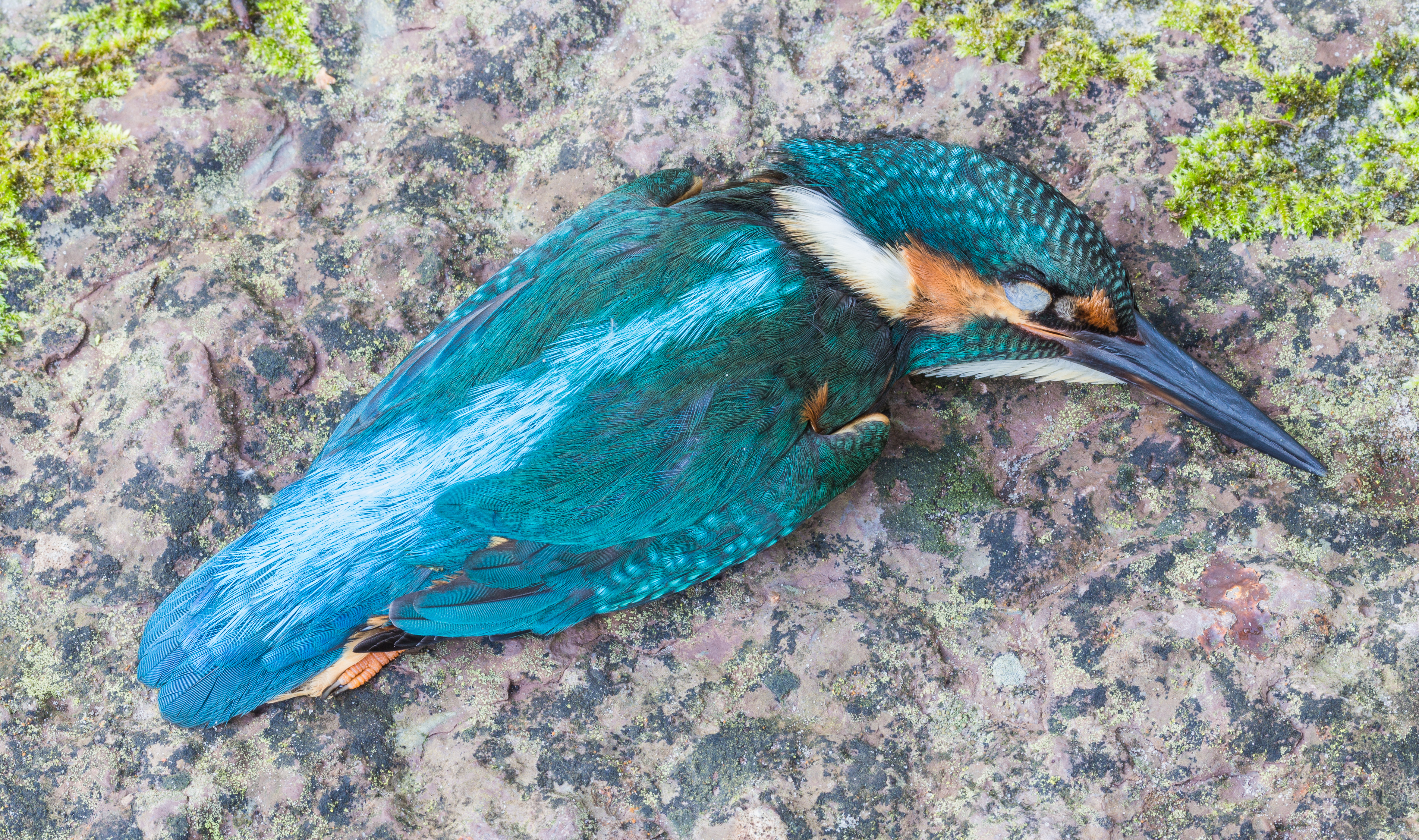
Caring for a bird with a broken wing involves creating a safe environment, providing appropriate food and water, and monitoring for distress. By following these guidelines, you can contribute to the bird’s well-being and aid in its recovery. Remember to seek professional help from a licensed wildlife rehabilitator or veterinarian experienced in avian care for the bird’s proper treatment and rehabilitation. Take immediate action and reach out to the appropriate authorities or professionals when encountering a bird with a broken wing. Together, we can make a difference in the lives of these injured birds and help them return to their natural habitats.
Conclusion
In this blog post, we explored the crucial topic of what to do if you find a bird with a broken wing. Let’s recap the main points discussed:
Understanding the Injury
To identify a broken wing, look for signs like an inability to fly, abnormal wing position, and visible fractures. Recognizing these indicators helps assess the severity of the bird’s condition.
Taking Action
When you encounter a bird with a broken wing, follow these steps:
- Handle with Care: Safely contain the bird to prevent further harm, avoiding unnecessary handling and stress.
- Seek Professional Help: Contact a wildlife rehabilitation center for specialized assistance in long-term treatment and rehabilitation.
Caring for the Bird
To provide proper care:
- Create a Safe Environment: Ensure the bird has a safe and comfortable space.
- Monitor Closely: Watch for signs of distress or complications.
- Nourish Appropriately: Provide the bird with proper nourishment.
Making a Difference
By remaining calm, seeking professional help, and taking prompt action, you can significantly increase the bird’s chances of recovery and eventual release back into the wild.
Remember to store the contact information of local wildlife rehabilitation centers or organizations in an easily accessible place. Together, we can protect and care for our avian friends. Contact a wildlife rehabilitation center today if you encounter a bird with a broken wing.
Frequently Asked Questions
FAQ
Q1: I found a bird with a broken wing. Can I fix it myself?

A1: It is not recommended to attempt fixing a bird’s broken wing yourself. Handling and treating a bird with a broken wing requires specialized knowledge and resources. Contact a wildlife rehabilitation center or an avian veterinarian for professional assistance.
Q2: How do I safely transport a bird with a broken wing?
A2: To safely transport a bird with a broken wing, find a ventilated cardboard box or a pet carrier. Carefully place the bird in the container, ensuring it is secure and unable to move excessively. Avoid additional stress to the bird during transportation and seek professional help as soon as possible.
Q3: What should I feed a bird with a broken wing?
A3: It is best to seek guidance from a wildlife rehabilitator or avian veterinarian regarding the appropriate diet for a bird with a broken wing. Avoid providing food until you receive expert advice specific to the bird’s species and condition.
Q4: Can I keep a bird with a broken wing as a pet?
A4: Keeping a bird with a broken wing as a pet is not recommended. Birds are wild animals and require specialized care and living conditions. It is illegal in many places to keep native wild birds as pets without proper permits. Contact a wildlife rehabilitation center for the bird’s best chance of recovery and release back into the wild.
Q5: How long does it take for a bird’s broken wing to heal?
A5: The healing time for a bird’s broken wing depends on the severity of the injury and the species of the bird. Minor fractures or sprains may heal within a few weeks, while complex fractures or soft tissue injuries may require months of rehabilitation. Professional care from a wildlife rehabilitation center or avian veterinarian is crucial for the bird’s proper treatment and recovery.


Leave a Reply